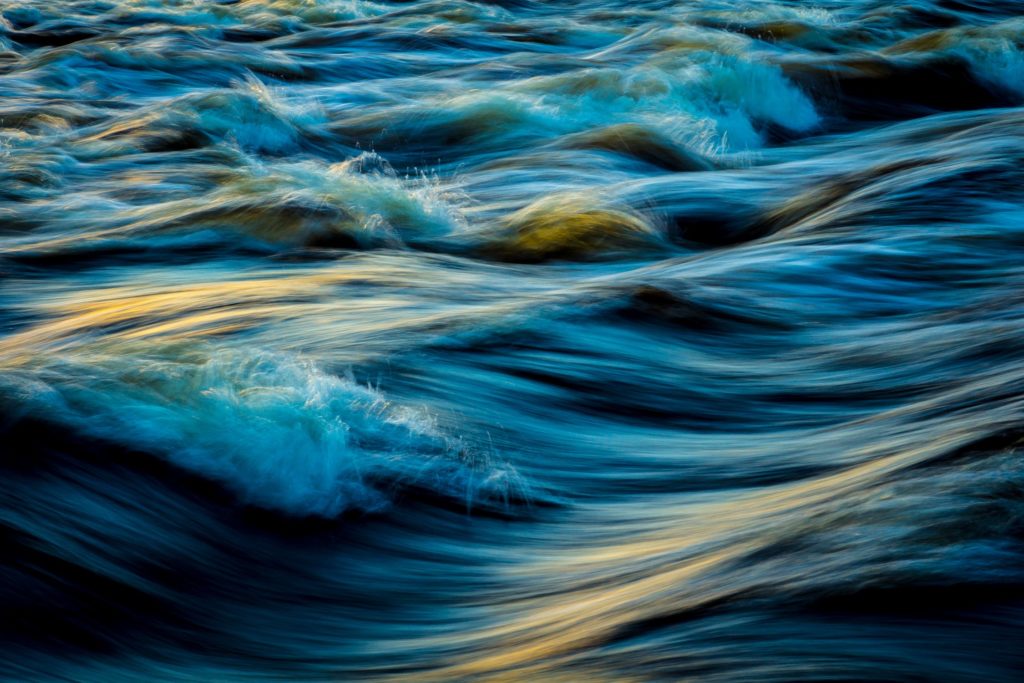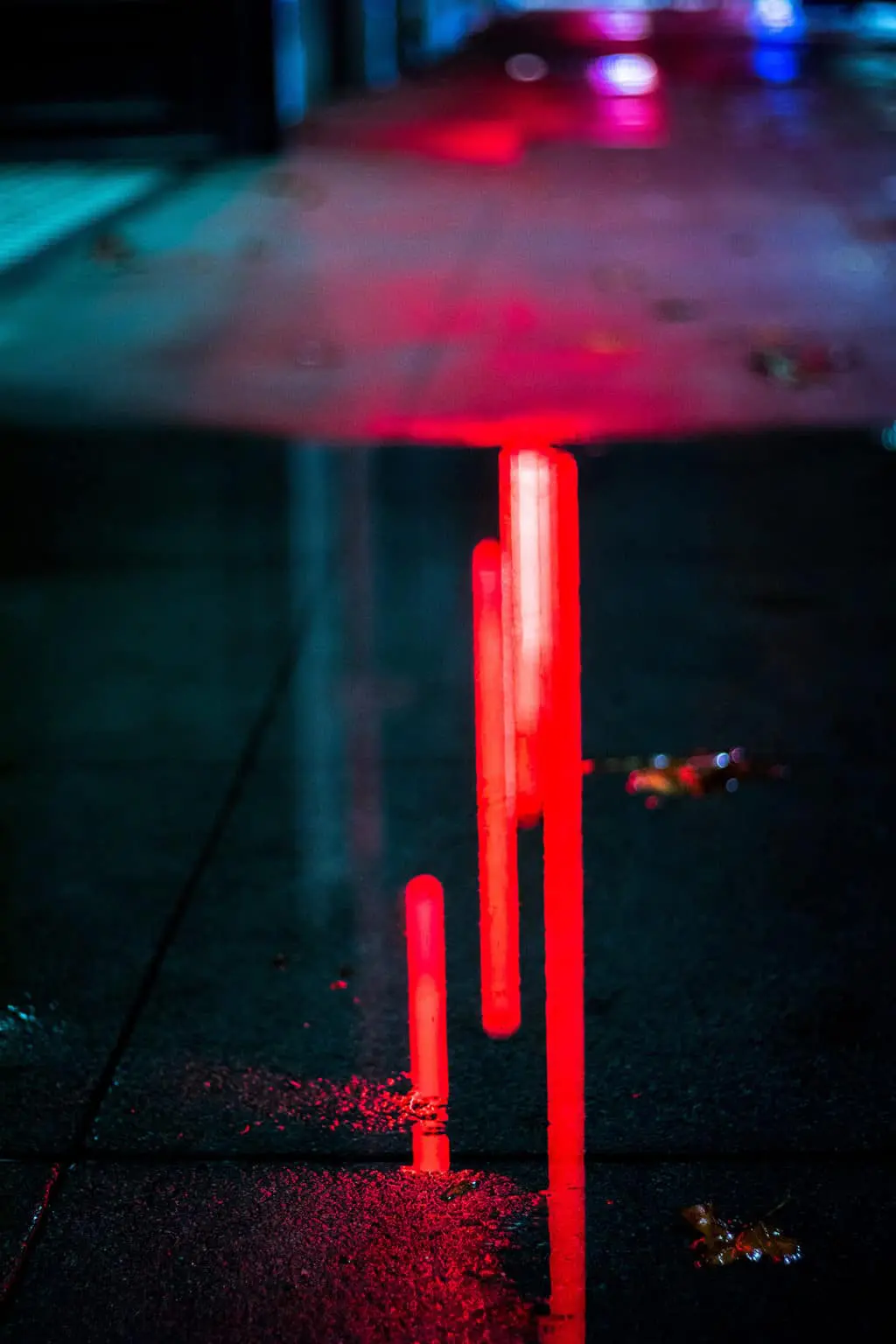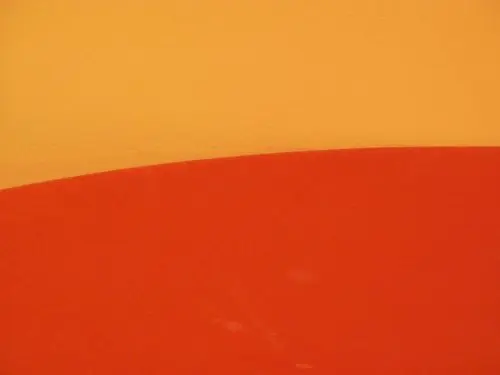If you’re passionate about photography, chances are that you've been curious about abstract imagery. Fine. But you should know a few things about it before starting to call your photographs abstracts.
There is still no solid definition of what abstract photography is or is not, and the lack of a concrete definition might be closely related to the fact that many artists and amateur photographers have been curious about the subject.
This has led to the creation of countless images that could fit within what is generally accepted as abstract. What you need to understand before getting serious about abstract photography is that it is a language that uses shape, color and line to create compositions with strong or scant (but not null) references to a recognizable subject or object.
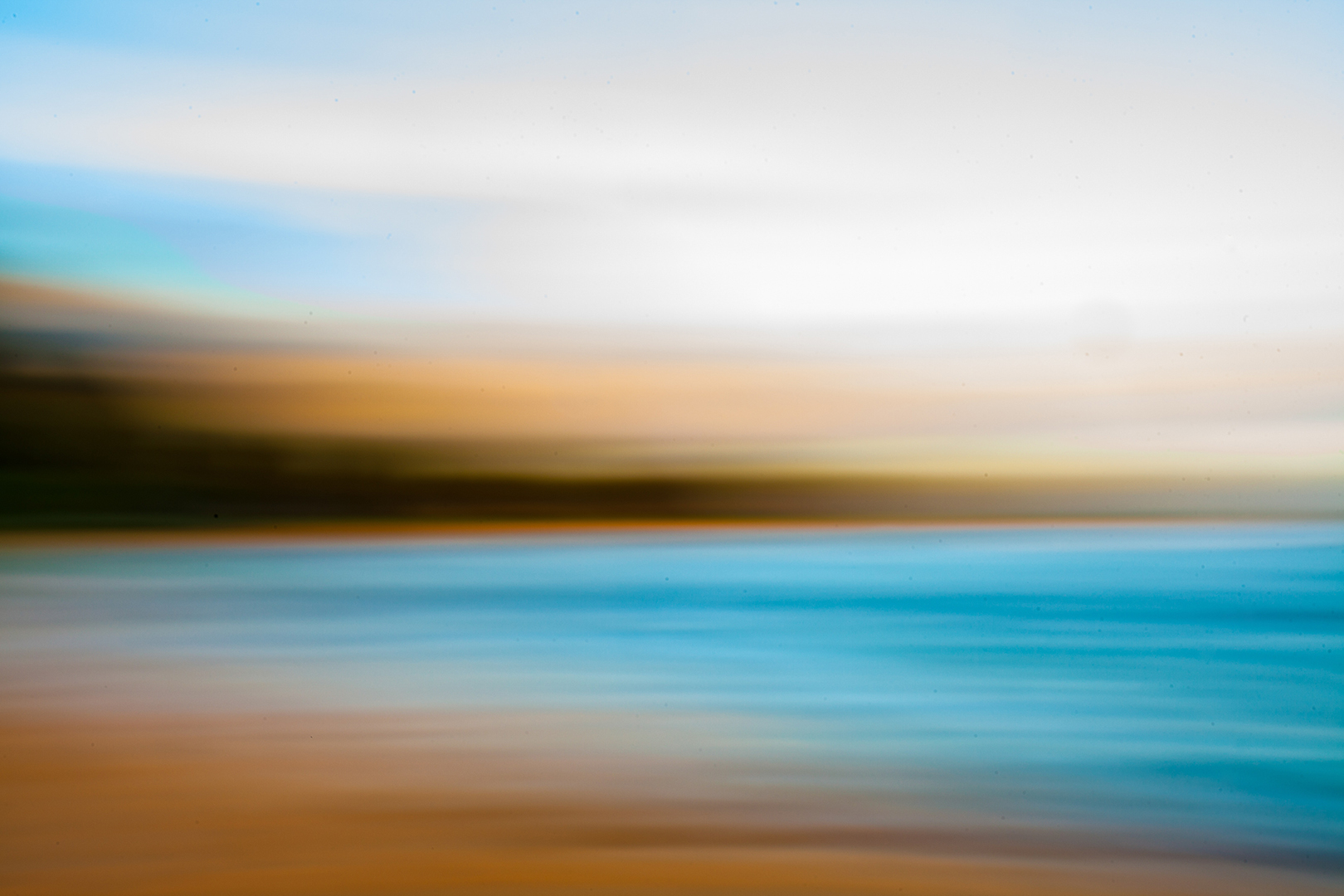
The insights we are sharing with you today are not meant to discourage you; on the contrary, we provide them to give you a better understanding of abstract images and to encourage you to create work that matters to you and your audience.
Abstract Photography Is Not Simple Or Easy To Do
Perhaps one of the biggest misconceptions surrounding abstract photography is that it is easy. Not so. Just because something looks simple, it doesn't mean it was simple to create. Abstract images contain the minimum amount of information required to deliver a message or intention to the viewer, along with a slight or strong detachment from reality.
It Must Have Meaning Or Intention
Treat abstract photography with respect and you'll get meaningful images every time. Take it for granted, and you'll be just be taking random shots of the details in your life. Try to be sure your images have a deep meaning that closely reflects what you want to express through your camera.

It Plays With Light, Shape, And Form
A quick and easy way to start focusing on your surroundings via the abstract mindset is to focus on capturing light and how it falls onto various surfaces, shapes, and forms. Photography is an exquisite tool for quickly capturing these elements. Study a single element and get obsessed with it, and by the end of the day, you'll definitely get interesting pictures of it.
It Has Had A Strong Relationship With Science And Technology
In the early days of abstract painting, artists had a great appreciation for science and technology. This baseline could open up a world of possibilities for you if you decide to turn your camera towards technology. Its inanimate nature is tremendously generous in terms of crafting abstract images.

Fragmentation
Many objects in our lives are made of smaller parts. Try to do include some fragmentation to capture the abstract essence of these objects. Fragmentation is a technique in which the artist breaks down an object using light, shadows, reflections, water refraction or by literally disassembling an object.
It Seeks To Resemble Or Remind You Of Something
This one could take some practice – but with time and some creative thinking, you will definitely achieve interesting results. Using observation, you'll find things that resemble other things. For example, it’s common for humans to identify certain arrangements of items or objects as human faces (this is called Pareidolia, and is a very common perceptual phenomenon).
Try to think about what objects remind you of others and capture those features with your camera. The important thing about expression is that your creations shouldn't need any explanation from you for people to really understand them.
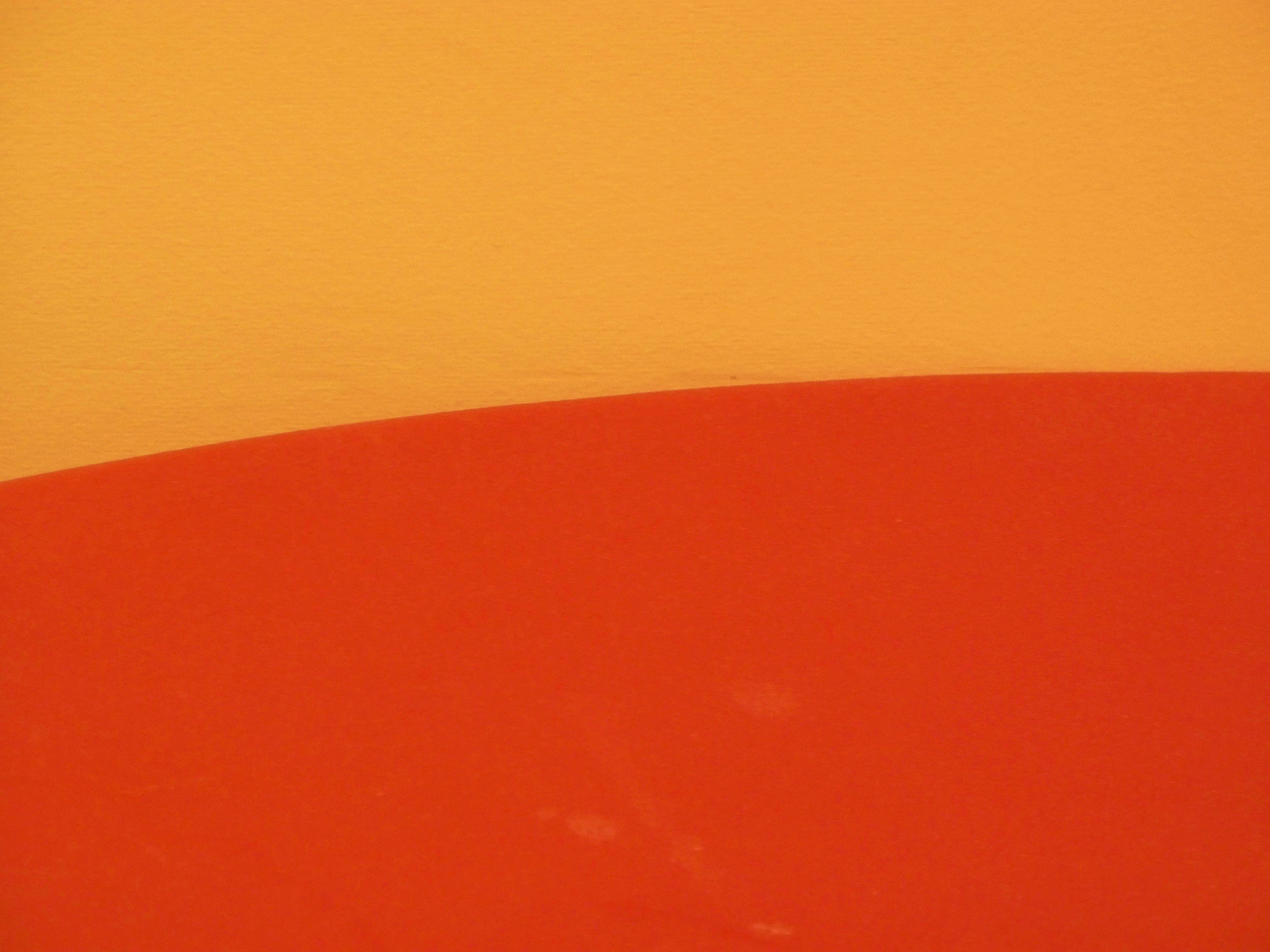
Your Intention
We can't say this enough: your images should have an intention. Not just for intellectual purposes, but so they are meaningful to you. If your images do not reflect emotion from deep inside your heart and soul, they will feel dull – and you'll feel frustrated, too.
Abstract Photography Resigns Reality
Photography was born as a reliable way to capture reality. After its appearance, realistic painting seemed almost pointless and proceeded to explode into the countless genres we know today.
When abstract art started to appear in the twentieth century, it had a strong tendency to depart from reality – but not in a dreamy way, like the surrealist artists. They focused their attention on reality but using an approach that wanted to detach from perceiving reality as it was.
Abstract photography will never be used to illustrate reality due to its lack of objectivity, and that's why it is so well suited to creativity and self-expression. If your images are still easy to decode and represent reality too obviously, you need to develop your style more to achieve that essence of detachment from reality while still being meaningful.
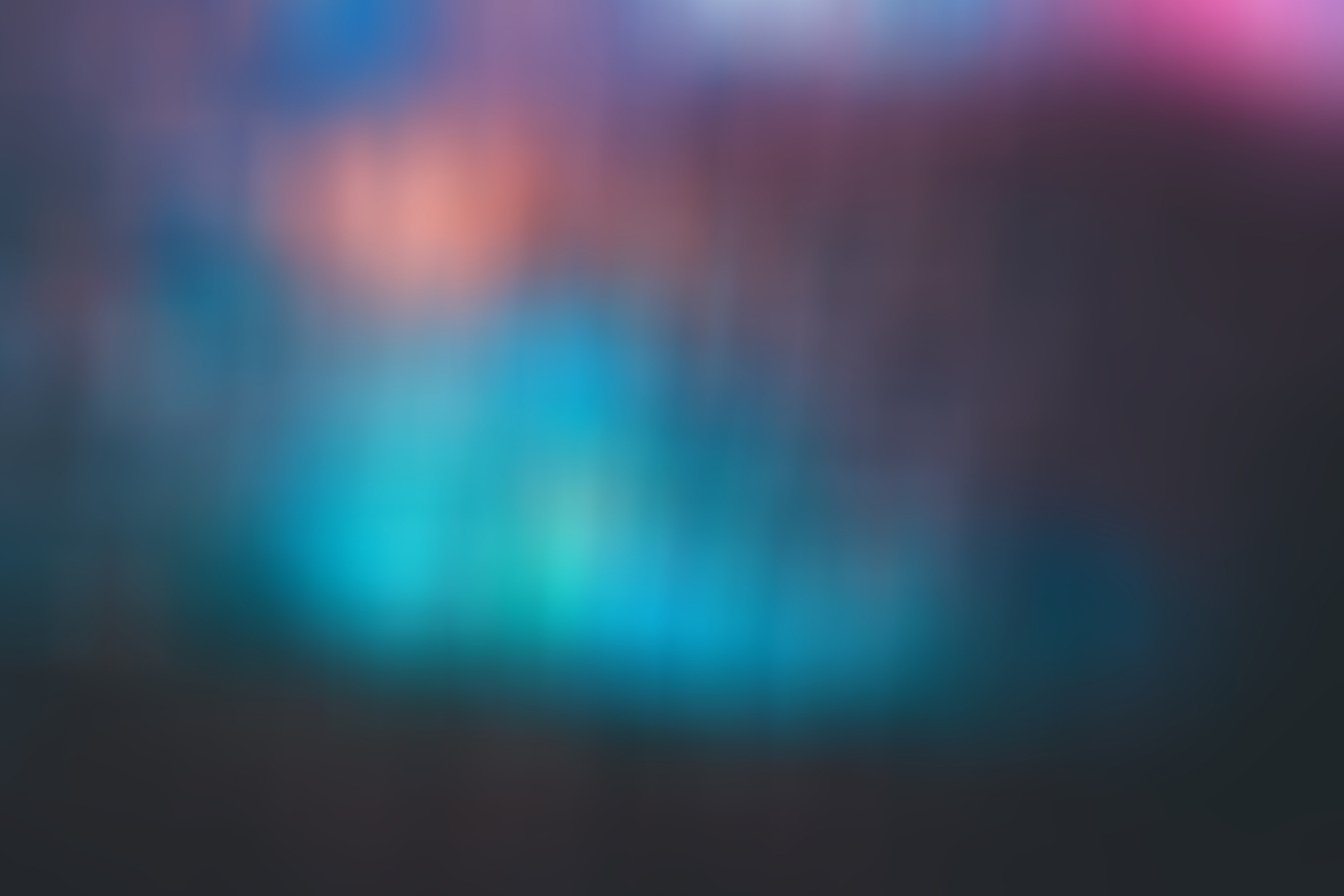
Two Dimensions Instead Of Three
Photography enables us to capture reality in a three-dimensional way (the way we pretty much see it). Capturing a single object (an entire object from all its angles) – in the way Cubist painters Picasso and Juan Gris did at some point in their careers – is a compelling way to achieve abstract results and deliver a clear message to the audience.
Mind the insights written above, and you'll get a clear understanding of what meaningful abstract photography is about. Remember that, at first glance, these images have an uncertain association with something from our objective world.
An abstract picture will isolate a small portion of a scene (big or small), grab the viewers' attention and invite them to read further. Due to its generosity, abstract photography can be done with the camera, inside a dark room or in a computer; but it also can be created directly by manipulating film and photographic paper in the way of Man Ray or Laszló Moholy-Nagy.
Inspiration
Here are some inspirational photographers if you want to get a better grasp of abstract photography:
- Wassily Kandinsky
- Carlin Felder
- Nanna Hanninen
- Timo Kelaranta
- Ola Kolehmainen
- Niko Luoma
- Kira Leskinen
- Maija Savolainen
- Ea Vasko
Further Resources
- 5 Creative Tips On How To Take Amazing Abstract Photos
- Pushing Photographic Boundaries – Insane Abstract and HDR Street Photography
- Have Nothing To Photograph? Abstract Photography Is Literally Everywhere…
- Peculiar Notions: 22 Eye-Catching Examples of Abstract Photography
- Abstract Nature Photography: 3 Effective Tips to Create Captivating Images




